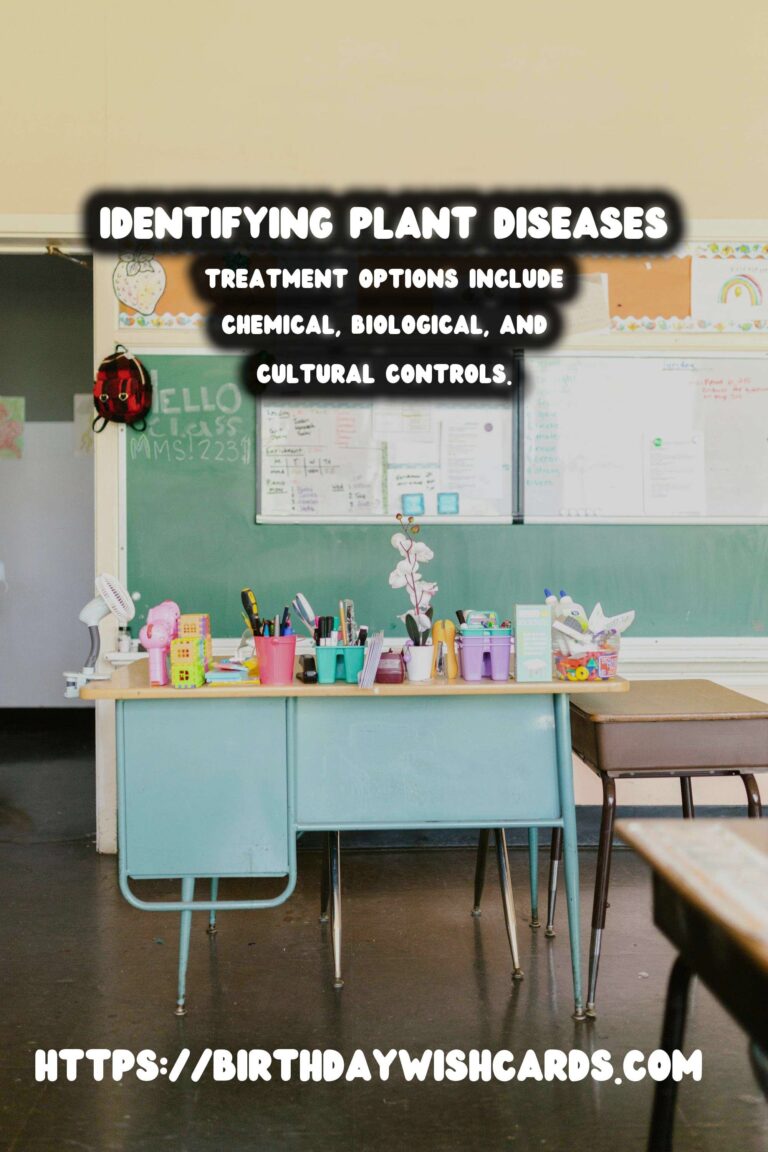
Plant diseases are a significant concern for gardeners, farmers, and anyone involved in agriculture. They can lead to reduced yields, poor quality produce, and can even kill plants if not managed effectively. Understanding the causes, types, and management strategies for plant diseases is crucial for maintaining healthy plants and ensuring optimal growth.
What Are Plant Diseases?
Plant diseases are disruptions in a plant’s normal growth and development caused by pathogens or environmental conditions. Pathogens include fungi, bacteria, viruses, nematodes, and insects that infect plants, leading to disease. Environmental factors such as poor nutrition, extreme weather, and pollution can also cause plant diseases.
Common Types of Plant Diseases
There are several types of plant diseases, each caused by different pathogens:
- Fungal Diseases: These are the most common and can include rusts, smuts, and mildews. Fungi thrive in warm, moist environments and can spread quickly if not controlled.
- Bacterial Diseases: Bacteria enter plants through wounds or natural openings and can cause wilting, blights, and cankers.
- Viral Diseases: Viruses are microscopic pathogens transmitted by insects, contaminated tools, or infected seeds. They can stunt growth and cause mosaic patterns on leaves.
- Nematode Diseases: Nematodes are microscopic worms that attack plant roots, leading to galls, lesions, and poor plant growth.
Symptoms of Plant Diseases
Recognizing symptoms early is crucial for effective disease management. Common symptoms include:
- Discolored or spotted leaves
- Wilting or stunted growth
- Moldy or mushy roots and stems
- Unusual growths or deformities
Preventing Plant Diseases
Prevention is always better than cure when it comes to plant diseases. Here are some prevention tips:
- Crop Rotation: Rotate crops to prevent pathogens from building up in the soil.
- Sanitation: Clean tools and remove debris to reduce sources of infection.
- Resistant Varieties: Choose plant varieties that are resistant to prevalent local diseases.
- Proper Spacing: Ensure adequate spacing between plants to improve air circulation and reduce humidity.
Treatment of Plant Diseases
If prevention methods fail, treatment becomes necessary. Treatment options include:
- Chemical Controls: Use fungicides, bactericides, and insecticides as a last resort, following all safety guidelines.
- Biological Controls: Introduce beneficial organisms that can prey on pathogens.
- Cultural Controls: Adjust watering and fertilization practices to create less favorable conditions for pathogens.
Conclusion
Understanding plant diseases and implementing effective prevention and treatment strategies can significantly reduce their impact. By staying informed and proactive, gardeners and farmers can maintain healthy plants and achieve successful harvests.
Plant diseases are disruptions in a plant’s normal growth caused by pathogens or environmental conditions. Fungal diseases are the most common type of plant disease. Recognizing symptoms early is crucial for effective disease management. Prevention is always better than cure when it comes to plant diseases. Treatment options include chemical, biological, and cultural controls. 
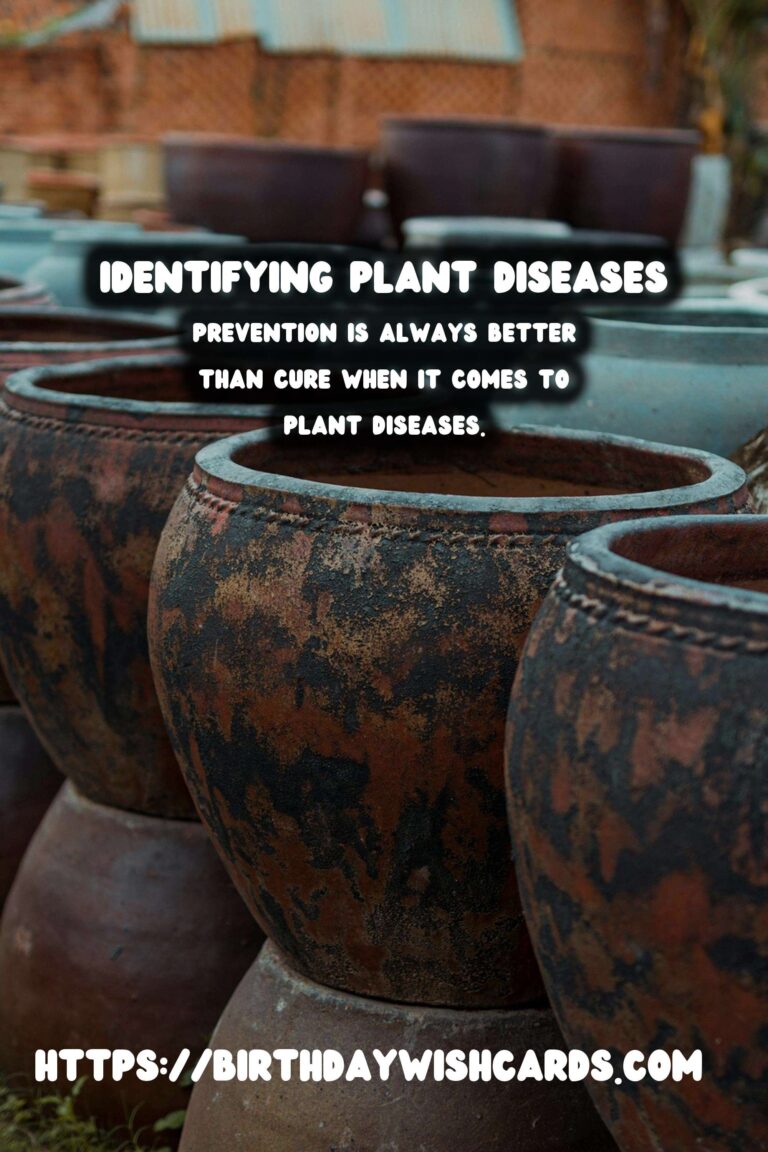
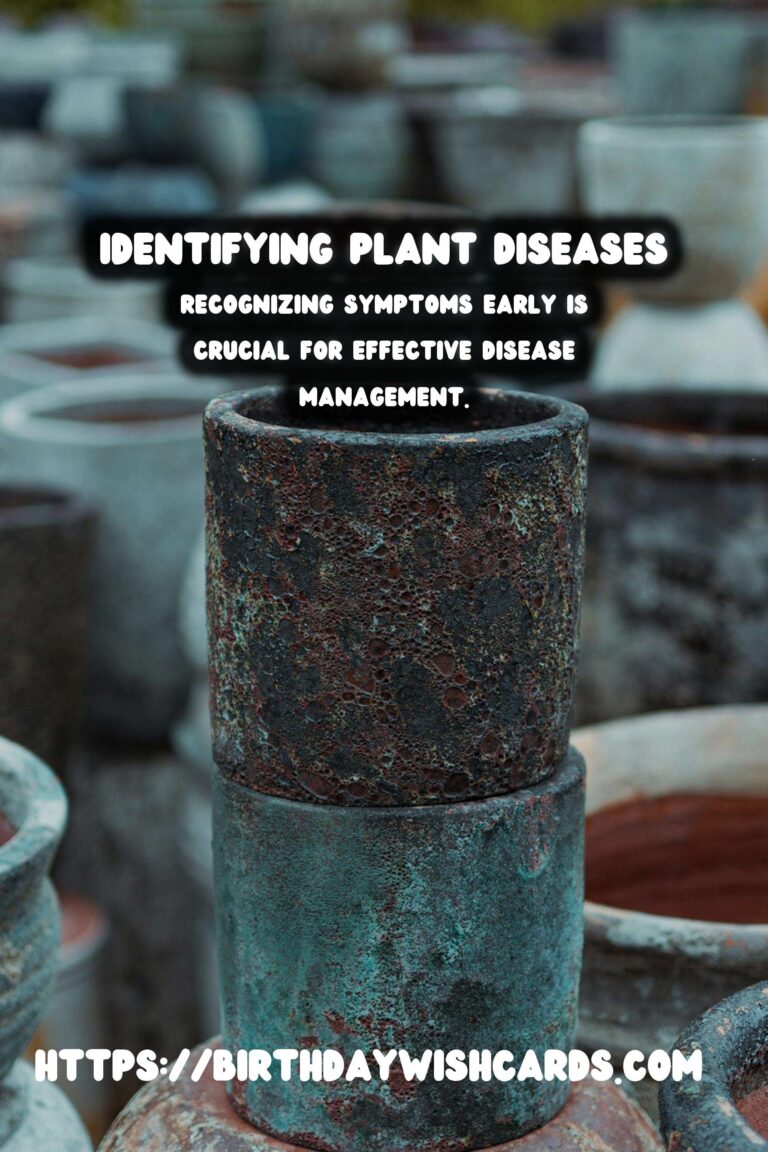
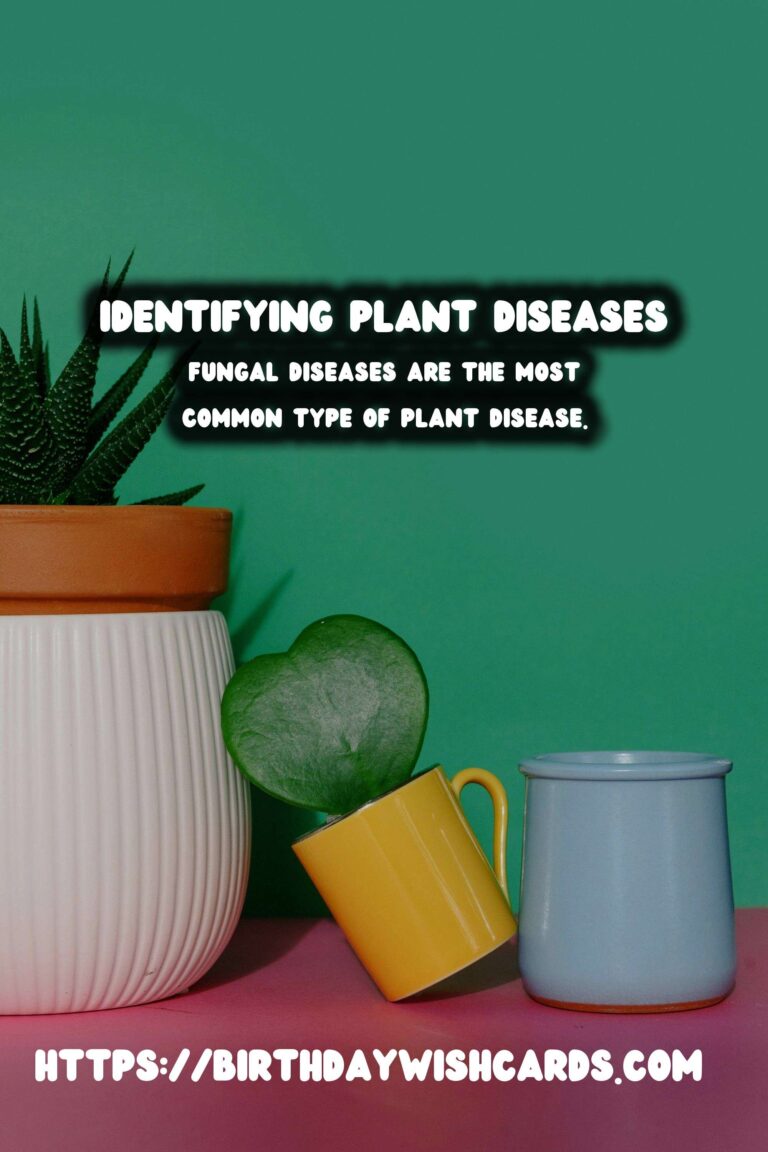
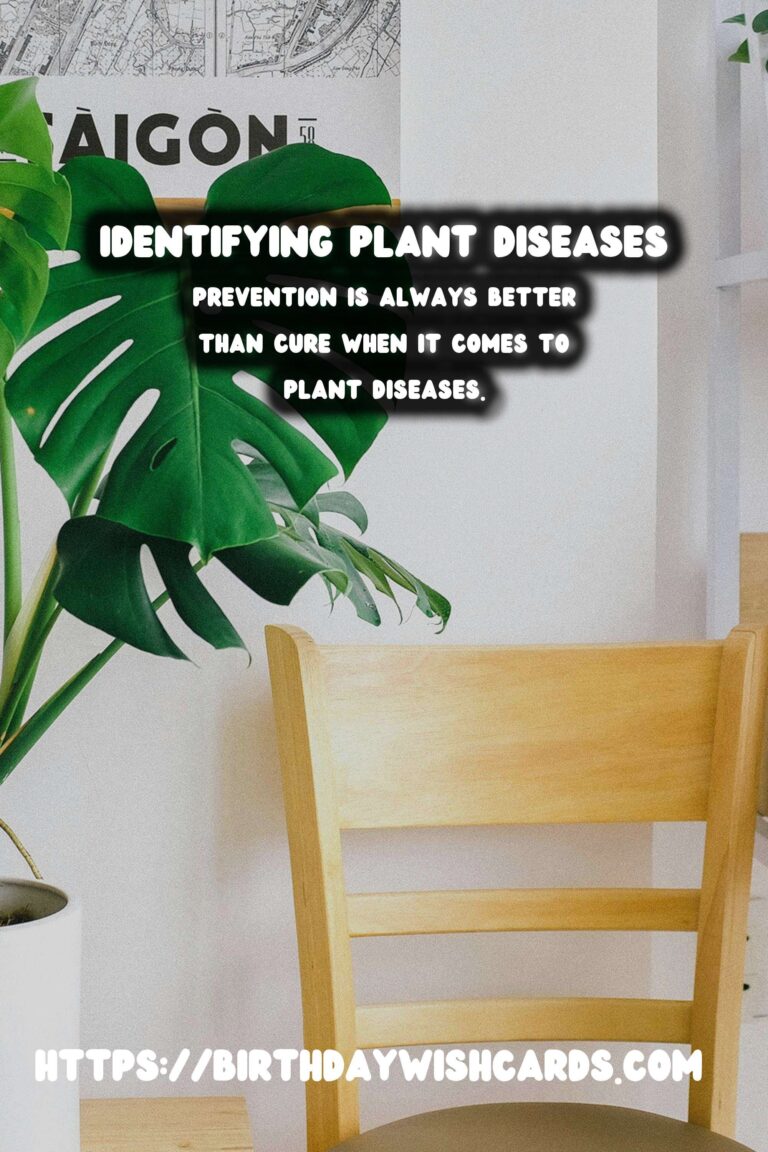
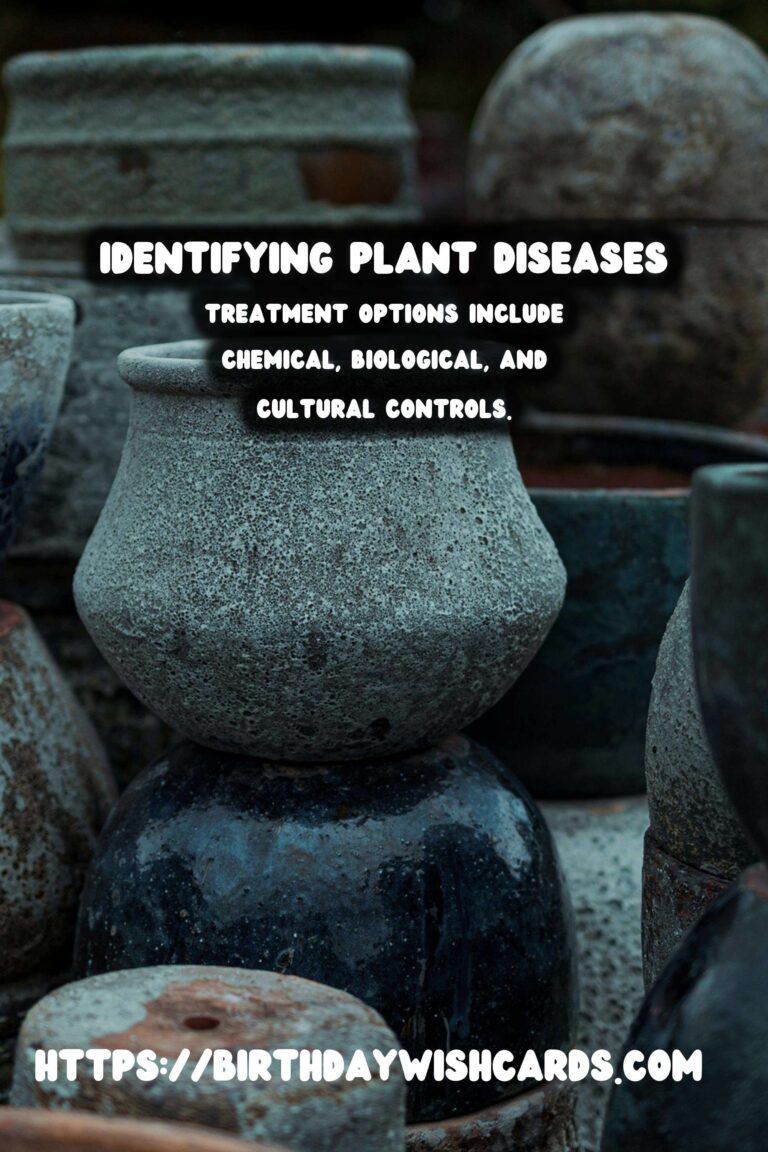
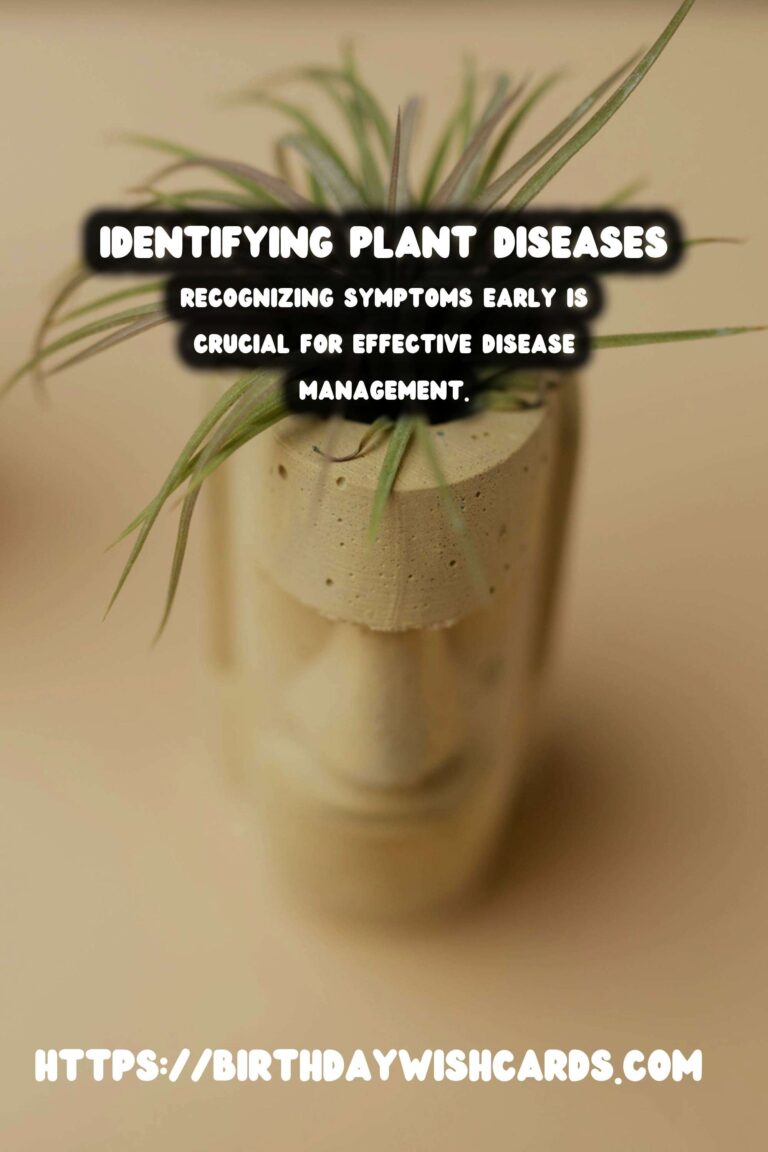
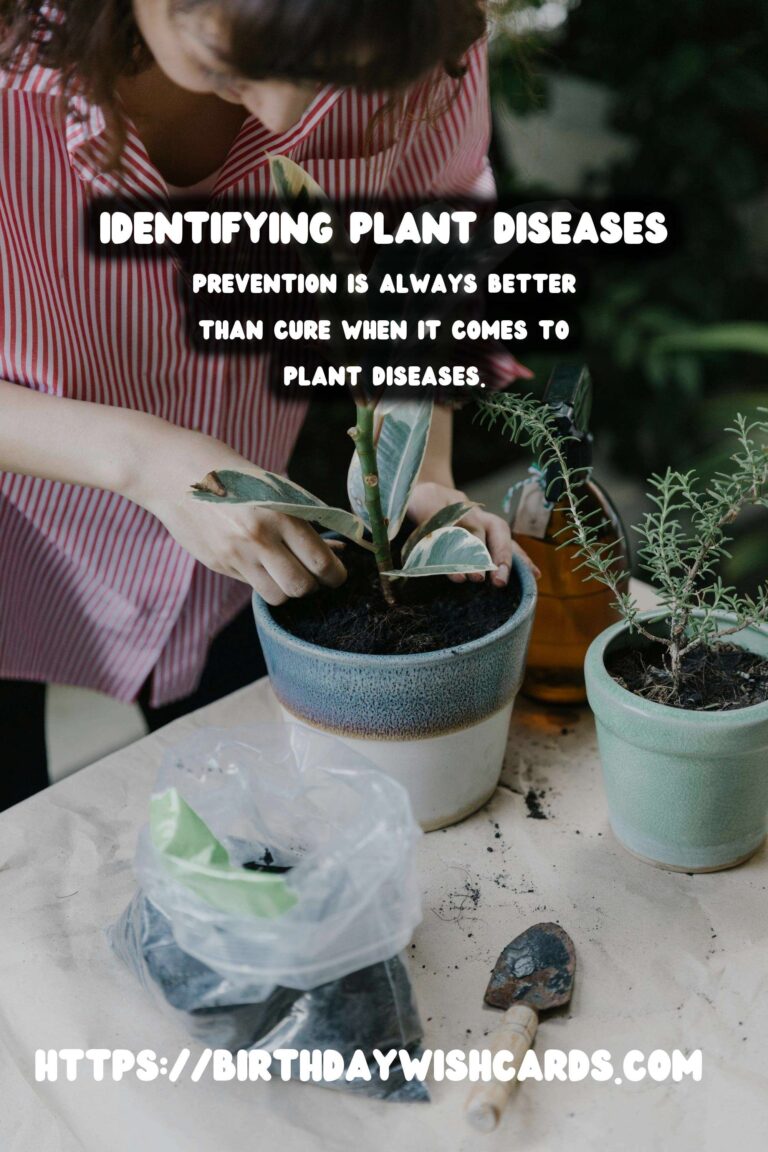
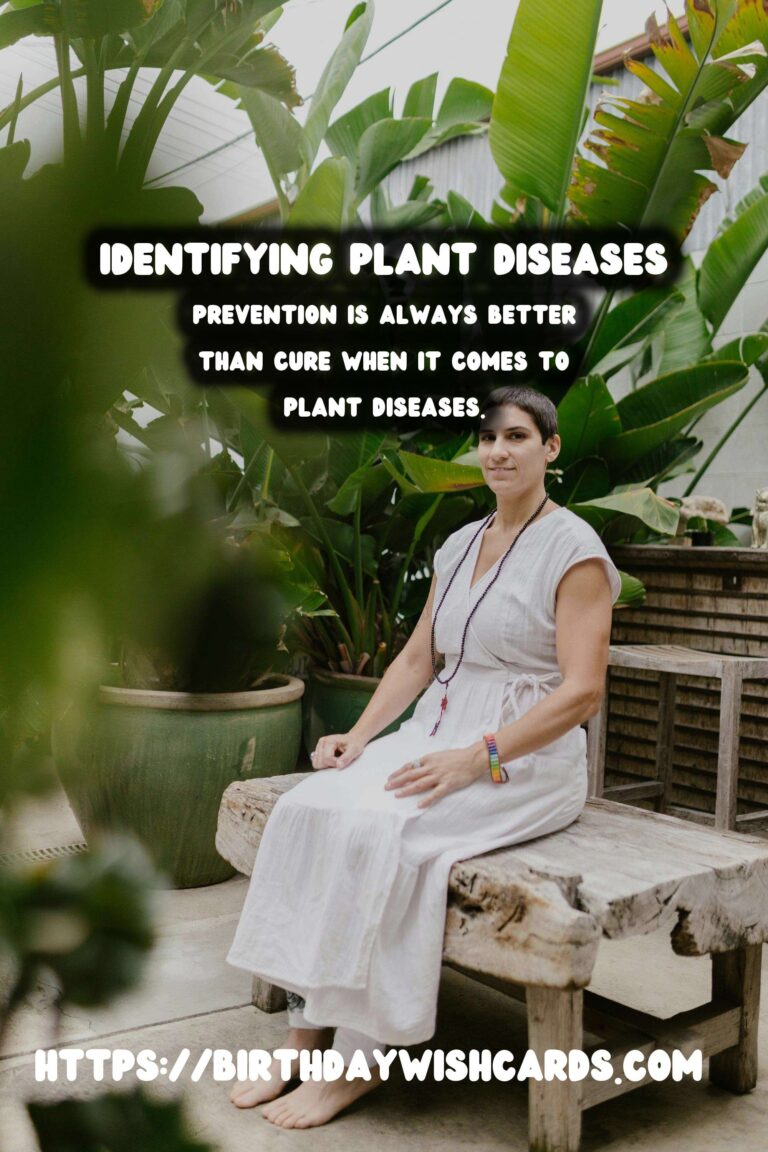
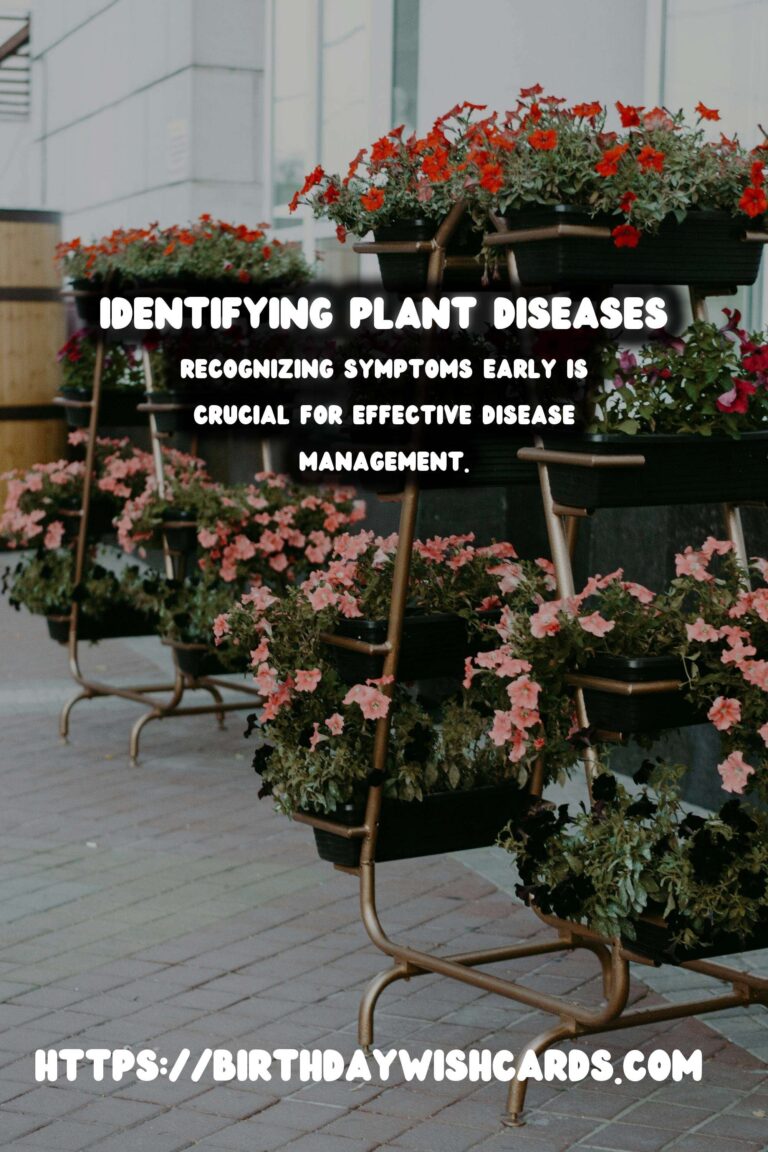
#PlantDiseases #Gardening #Agriculture #PlantHealth #DiseasePrevention




